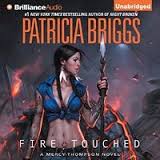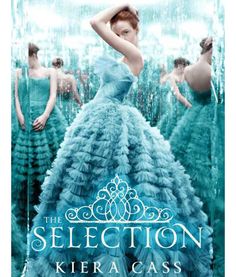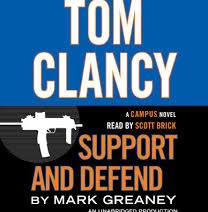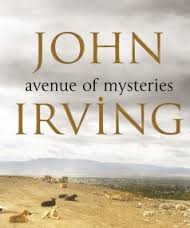6 Cinematic Techniques You Can Apply to Your Novel Right Now
Many of us were raised watching thousands of movies and television shows. The style, technique, and methods used in film…

Many of us were raised watching thousands of movies and television shows. The style, technique, and methods used in film…

This week we’re going to explore how novelists can layer a series of scenes over the foundational structure that’s already…

We’ve looked at plot twists these last couple of weeks because they are so useful to have in novels. Regardless…

Plot twists are important and powerful elements in a novel. We took a quick look at twists last week, and…

This week’s first page falls under the genres of urban fantasy, action-adventure, and romance. Author Patricia Briggs has many fantasy…

Over the last few weeks we’ve been taking a look at key moments in your novel’s structure. This week, before…

Each week, we’ve been taking a look at the first page of best-selling novels of various genres and seeing how…

I promised you last week that I’d give you a much better, stronger first page, and so I jumped at…

I chose one of John Irving’s novels—Avenue of Mysteries—to examine in this week’s look at first pages. I read a…

Subscribe to my email blasts to level up your writing and be notified of upcoming events and offers!
No products in the cart.